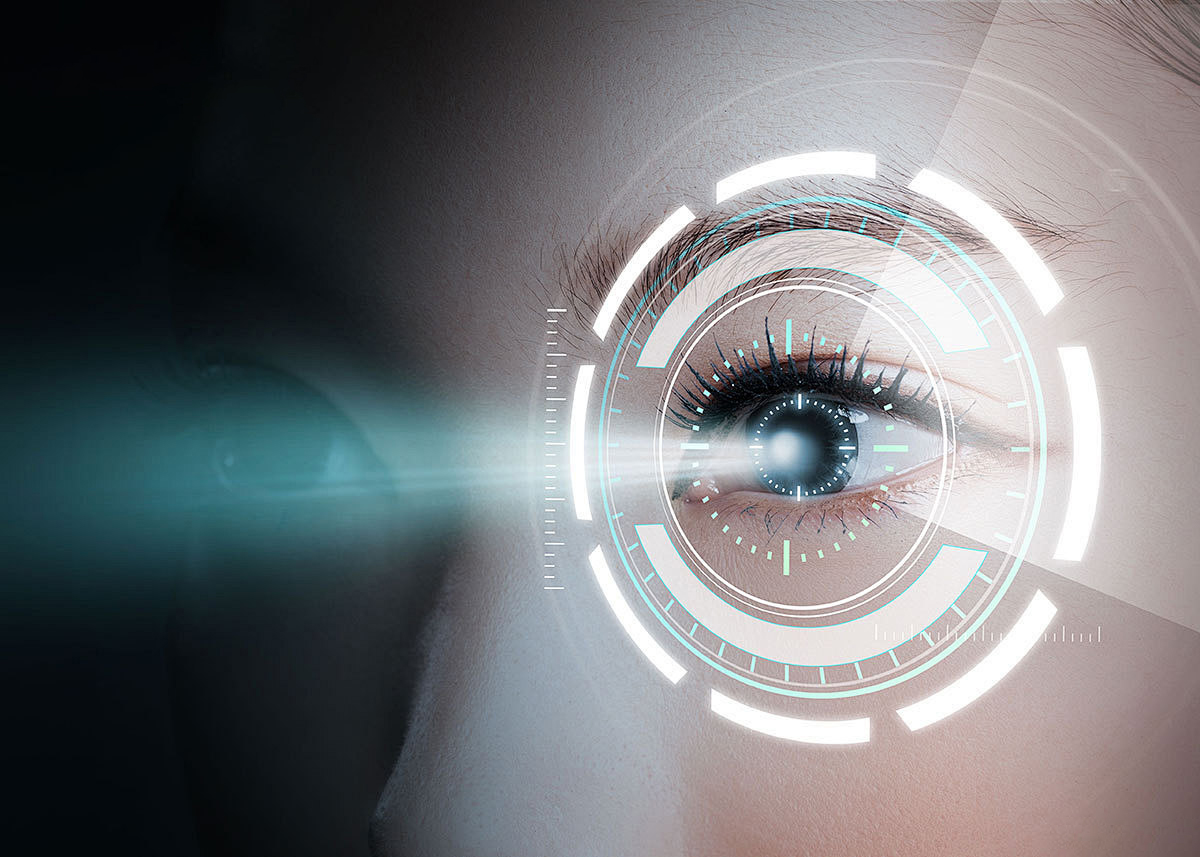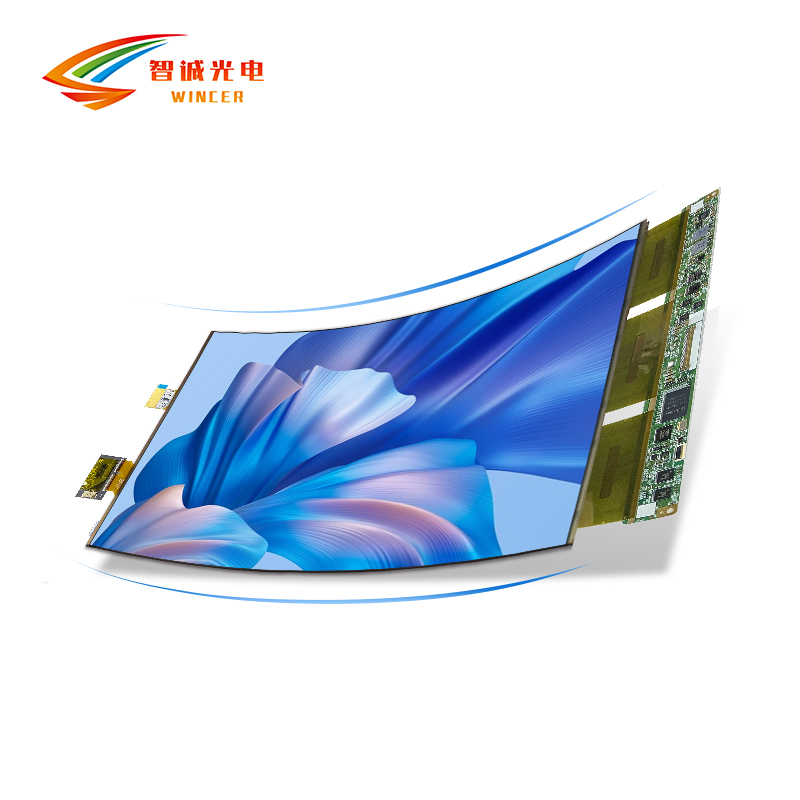
When choosing a LCD screen, many consumers are concerned about the question: which type of LCD screen is healthier for the eyes? After all, whether it's work or entertainment, we almost have to face screens for long periods of time every day. Therefore, understanding the visual health effects of different types of LCD screens is crucial.
Liquid Crystal Display (LCD) is currently one of the most popular display technologies, which works by controlling the transmission of backlight through the optical properties of liquid crystal materials to form images. An important component of LCD screens is the backlight, which determines the type of light emitted by the screen, and different types of backlight technology can have different effects on the eyes.
Traditional LCD displays typically use cold cathode fluorescent lamps (CCFL) as backlight sources, which were widely used in early LCD displays. However, due to issues such as high color temperature and high blue light intensity, prolonged viewing may cause eye fatigue and even damage to the retina.
With the development of technology, LED (Light Emitting Diode) backlight has gradually replaced CCFL. LED backlight not only has lower energy consumption, but also provides a wider color gamut and higher contrast. Especially for visual health, the advantage of LED backlighting is more significant. Modern LED backlighting technology can adjust color temperature, thereby reducing the radiation of high-energy visible light (especially blue light). This is of great significance for reducing eye fatigue and protecting vision.

In recent years, a technology called IPS (In Plane Switching) has emerged in the field of liquid crystal displays. IPS screens optimize the viewing angle through horizontally arranged liquid crystal molecules, ensuring consistency in color and contrast even when viewed from the side. This technology makes the light distribution on the screen more uniform, effectively reducing flicker and thus reducing visual fatigue.
OLED (Organic Light Emitting Diode) is an emerging display technology that is fundamentally different from traditional LCD. Each pixel of an OLED screen is self illuminating and does not require backlighting, which means it can achieve true black and infinite contrast while reducing eye fatigue caused by prolonged exposure to strong light.
When discussing LCD screens for eye health, we have to mention blue light filtering technology. Blue light is the high-energy visible light in the spectrum, and excessive exposure to blue light is considered the culprit leading to macular degeneration and other eye diseases. To address this issue, many LCD screen manufacturers have started adding special coatings or built-in software filters on their screens to reduce the output of blue light. These filters can reduce the exposure of high-energy visible light and help protect the user's vision.
In addition to backlight technology and filters, refresh rate is also an important factor affecting visual comfort. A high refresh rate can reduce screen flicker, making the visual effect smoother and reducing eye pressure. At present, some high-end monitors on the market already support refresh rates of 144Hz or even higher, providing users with a more comfortable viewing experience.
hot products:
Wincer 13.3-inch OLED flexible screen cylindrical screen can be freely spliced with LG flexible LCD display screen


